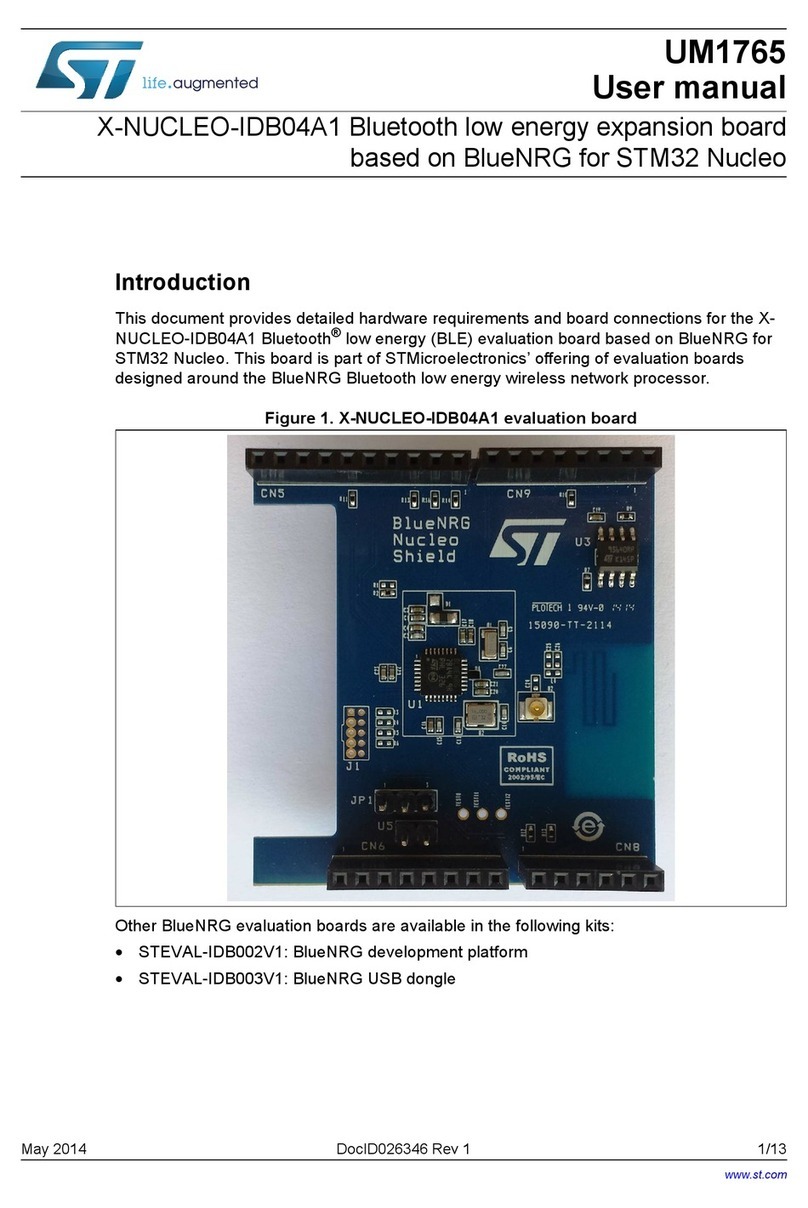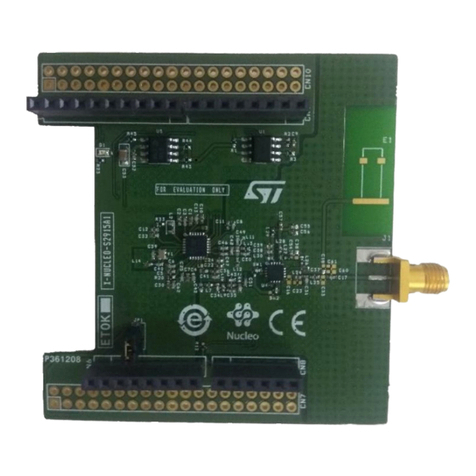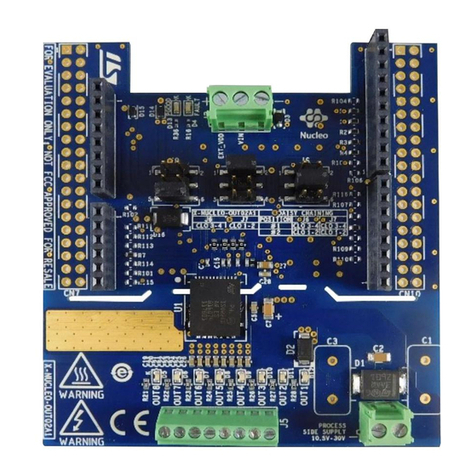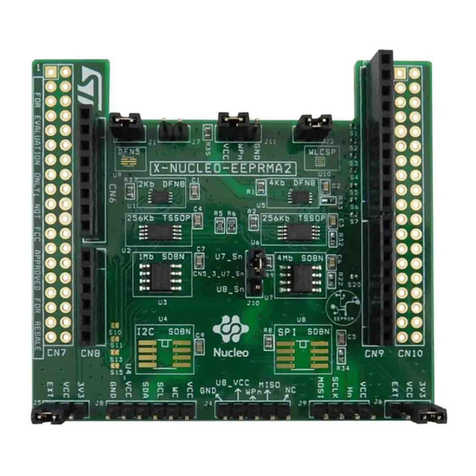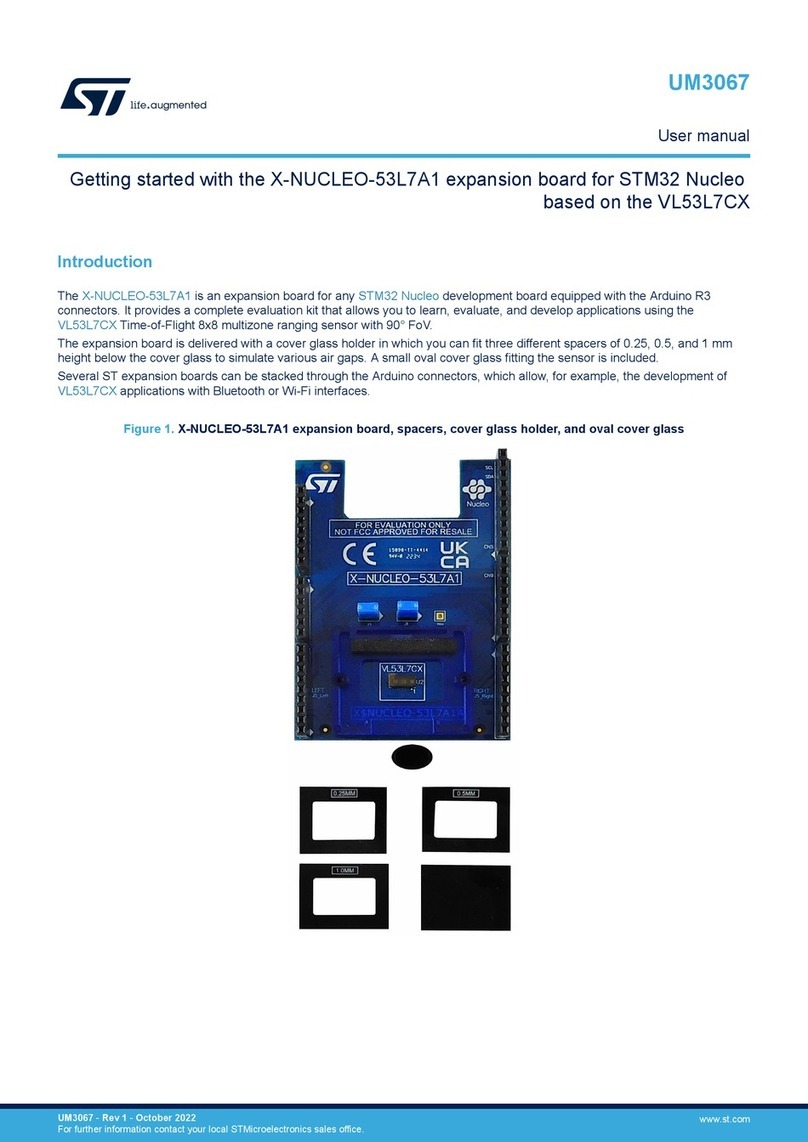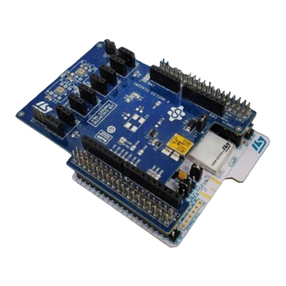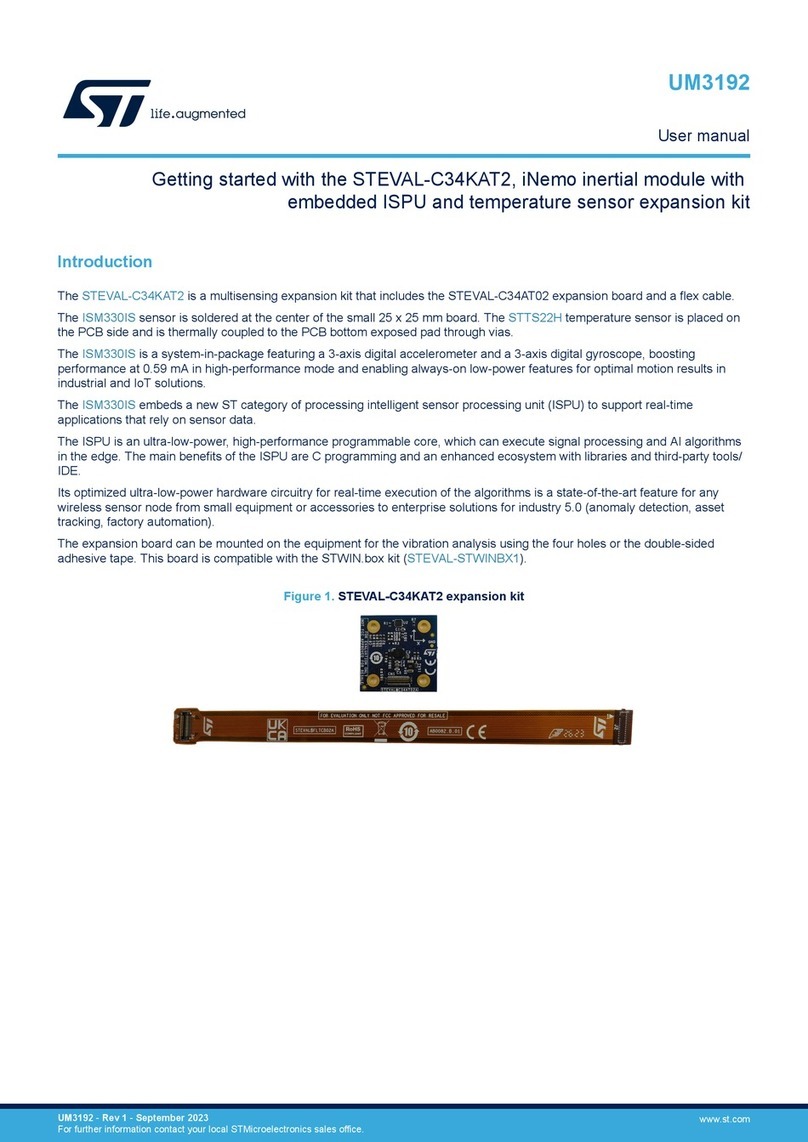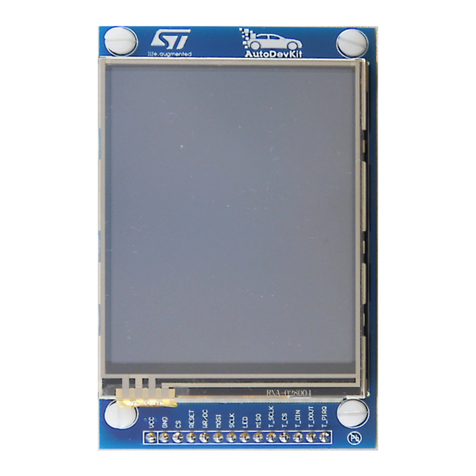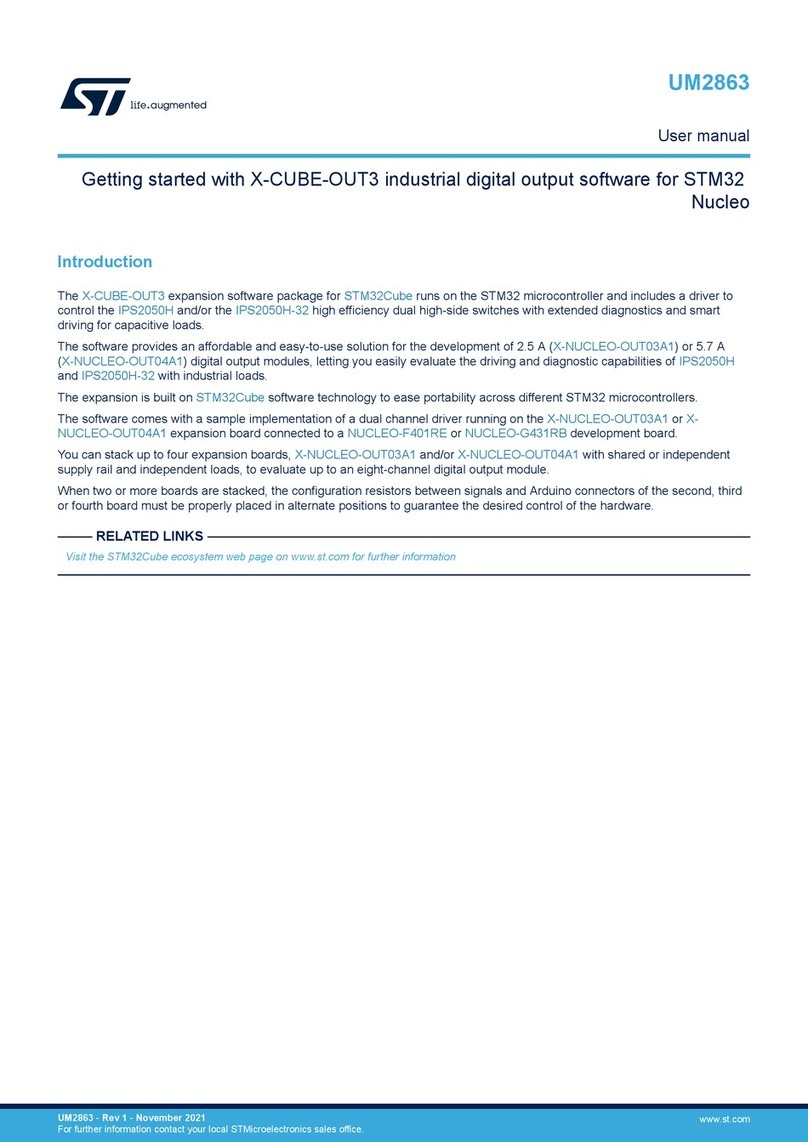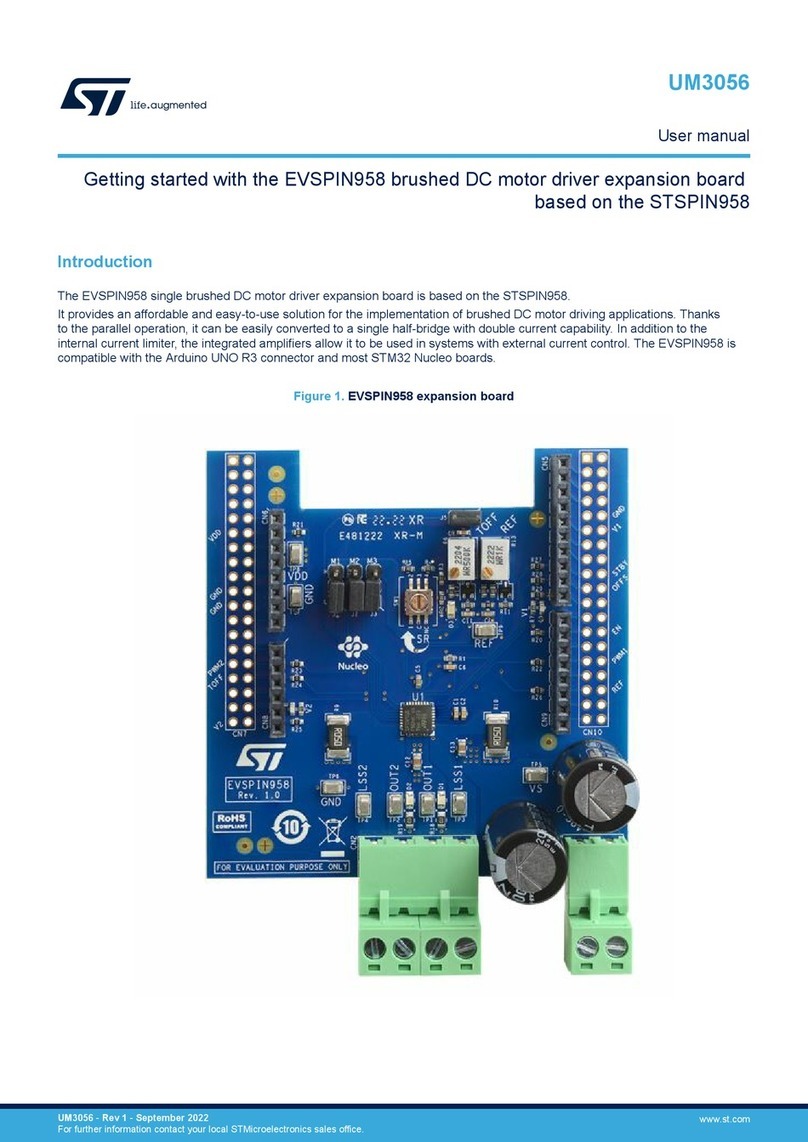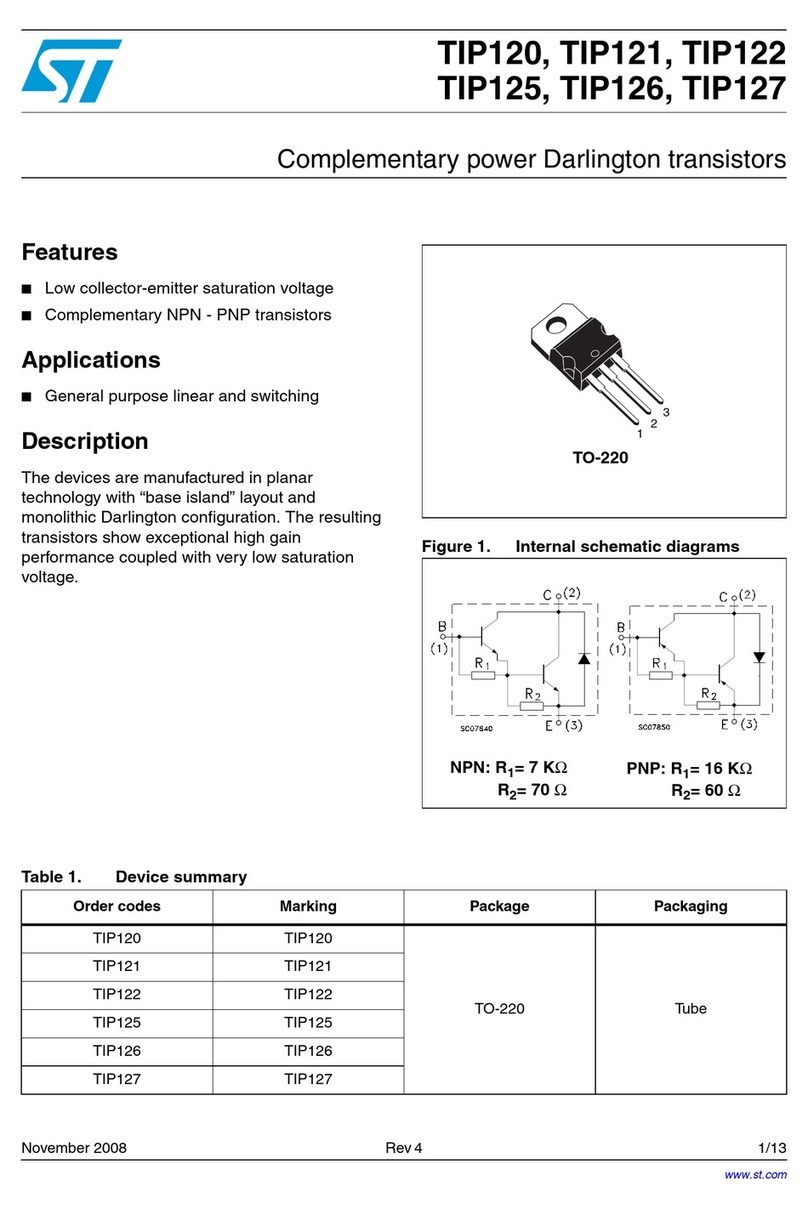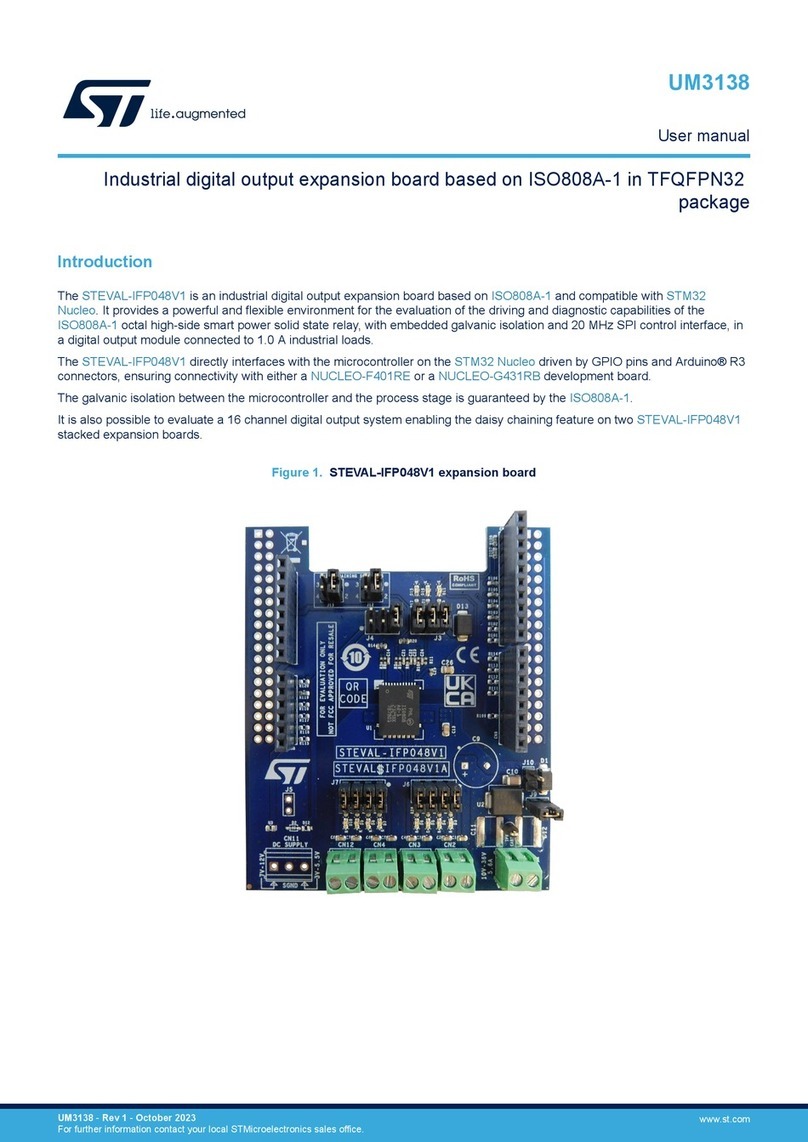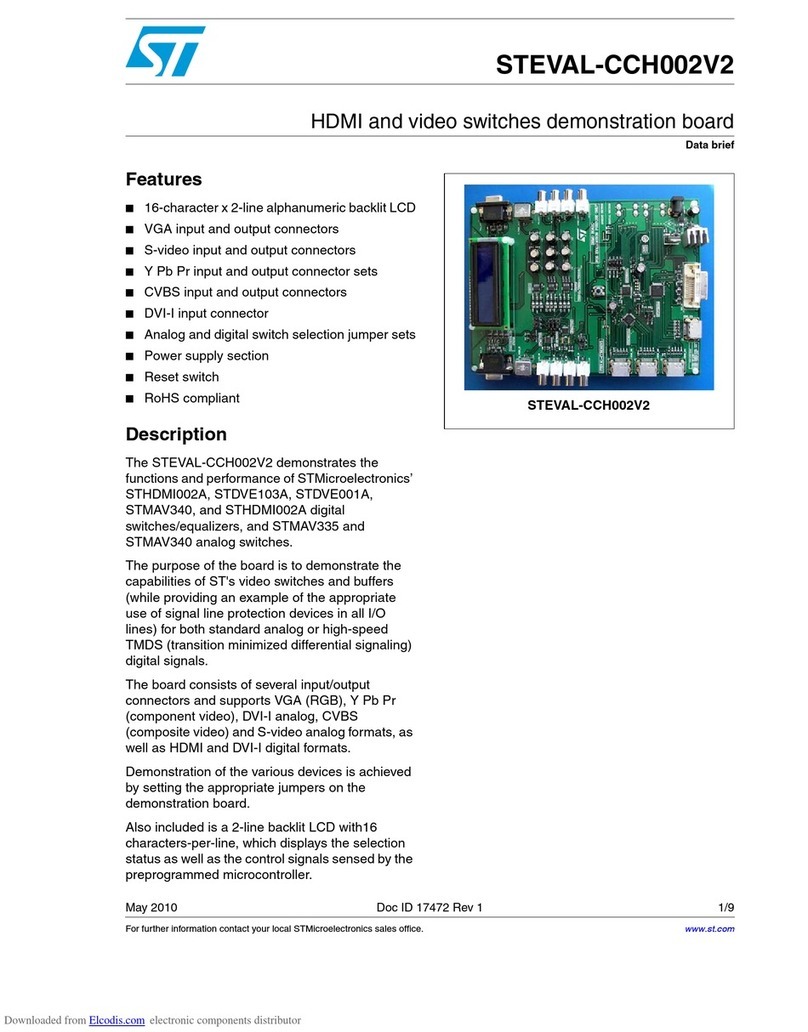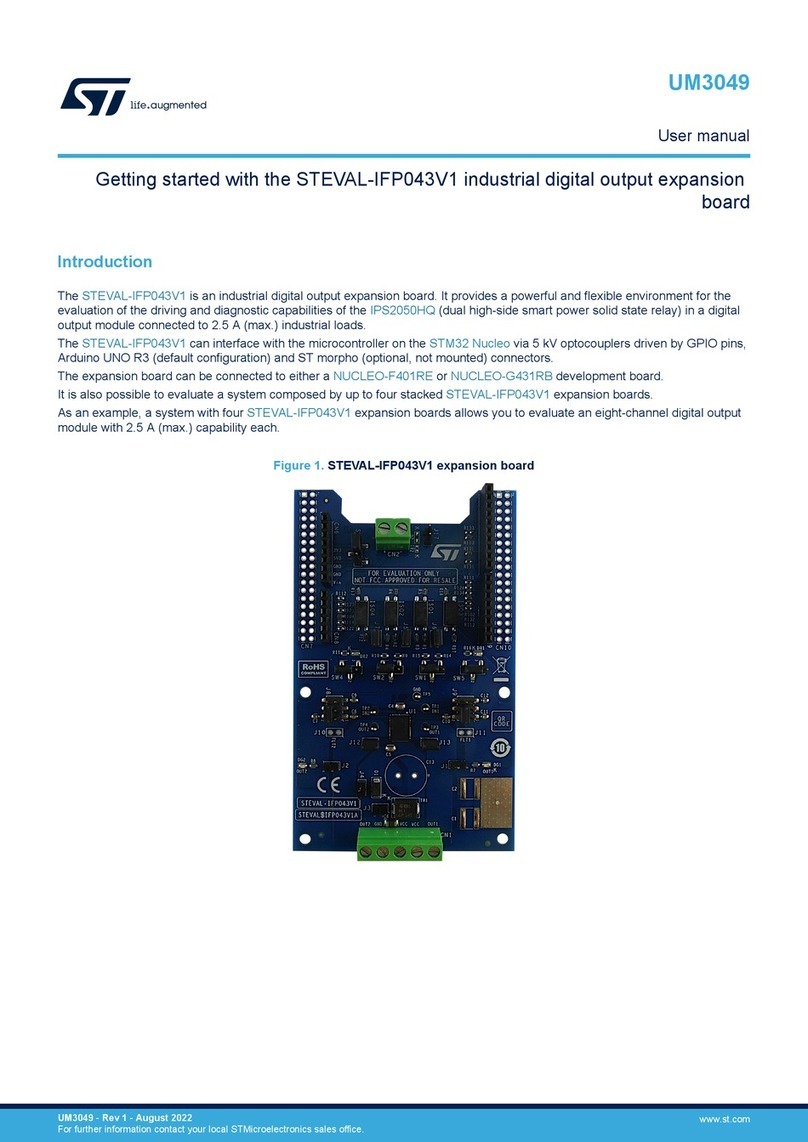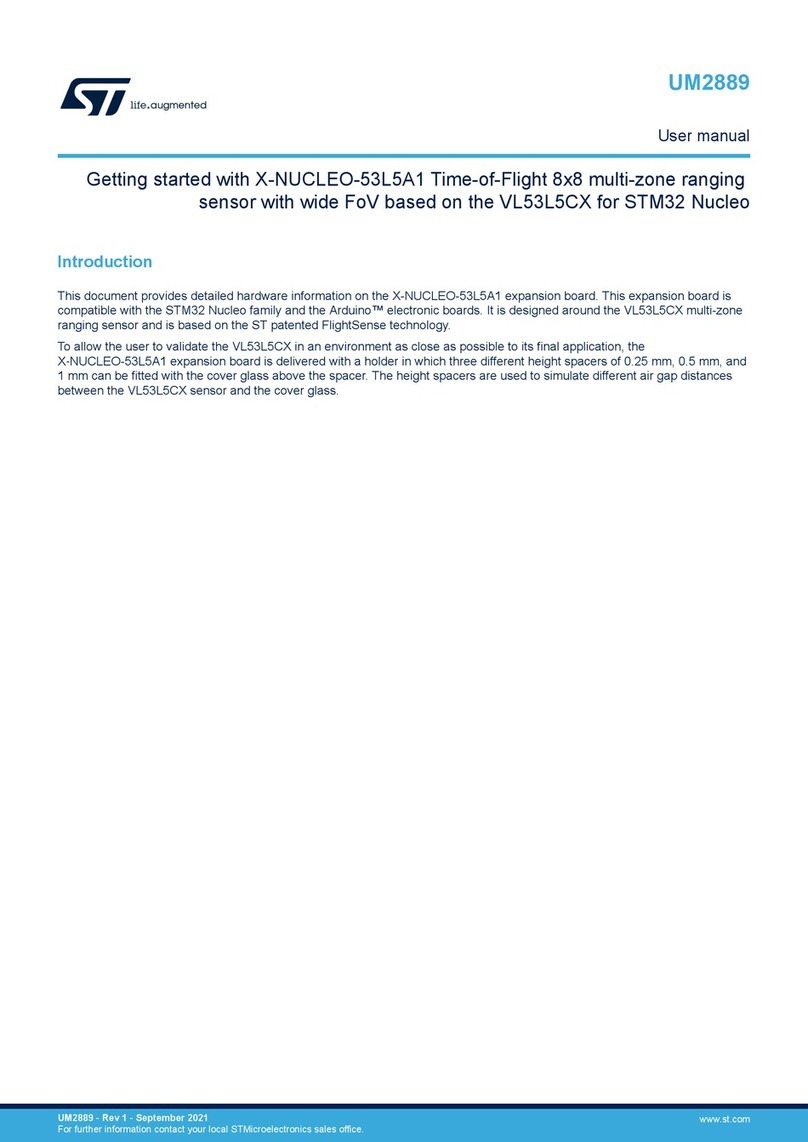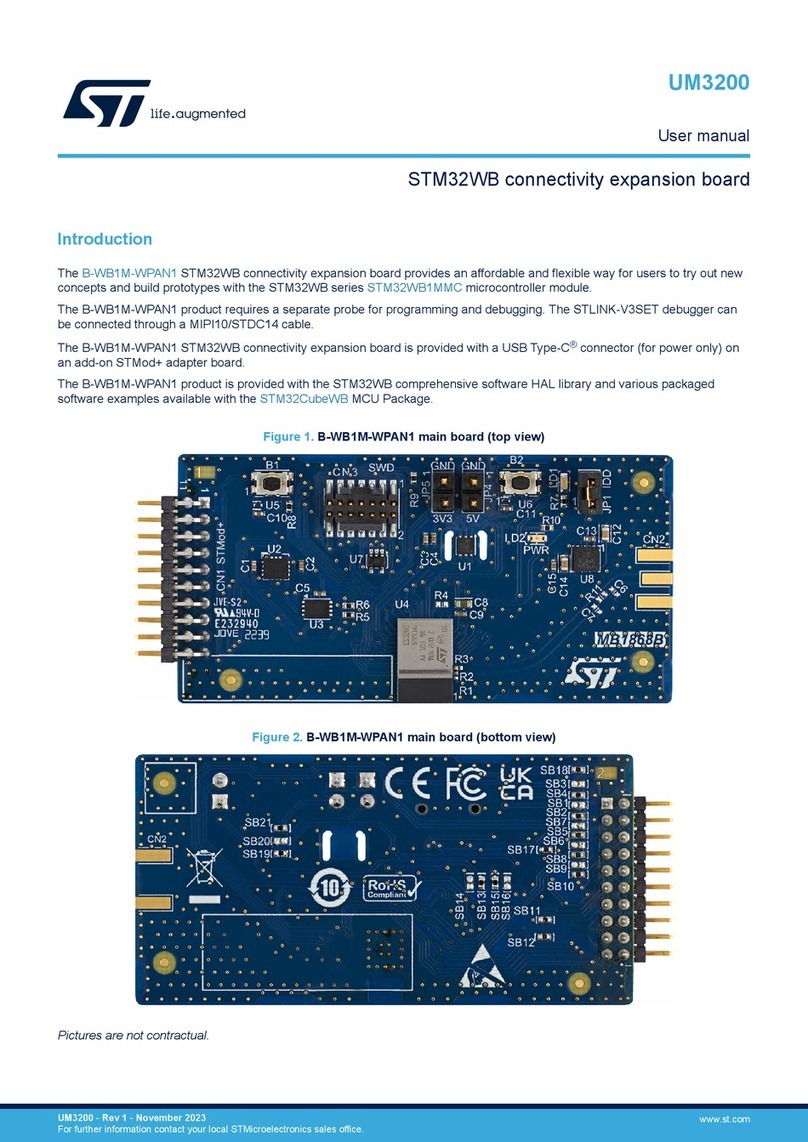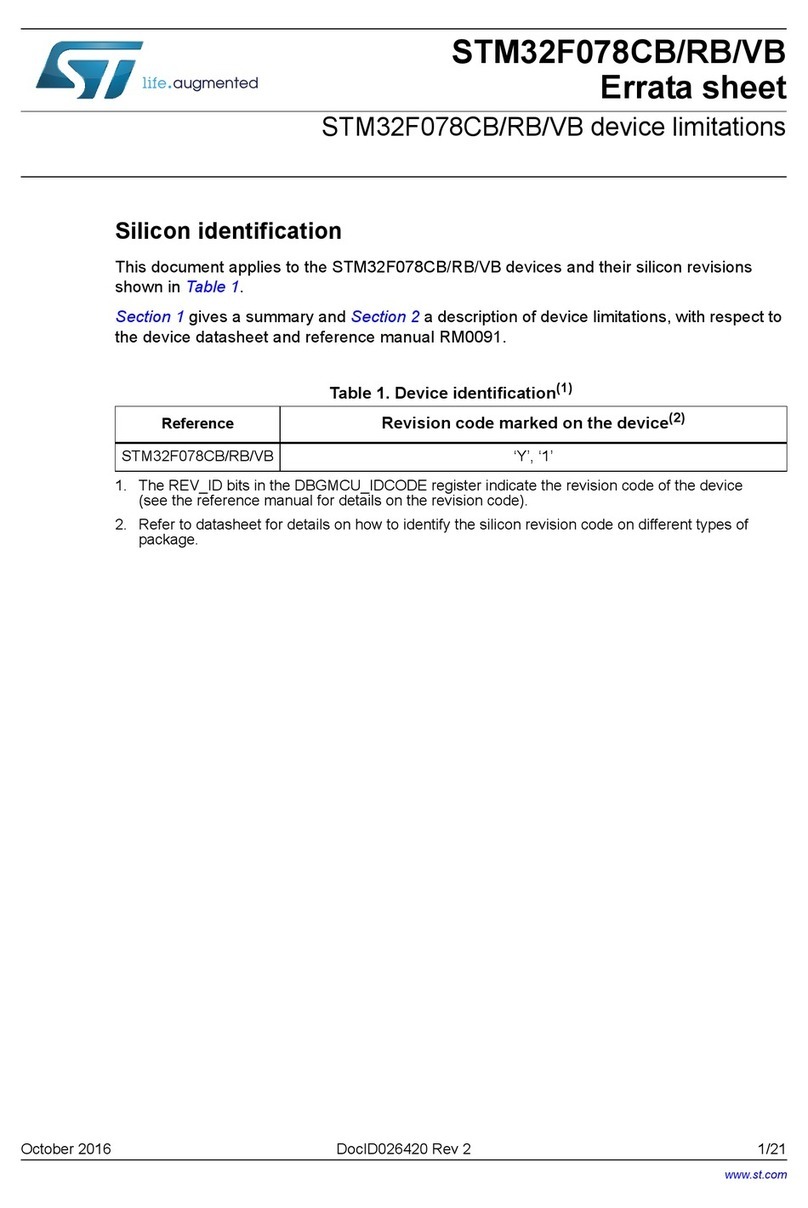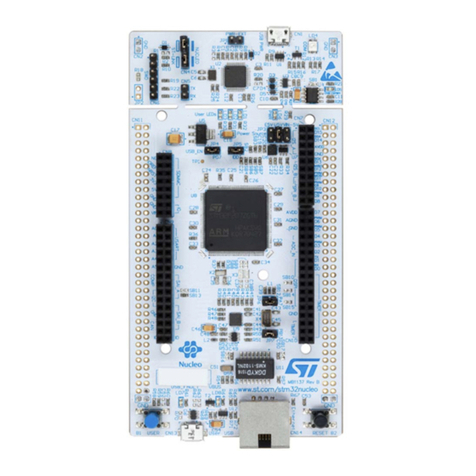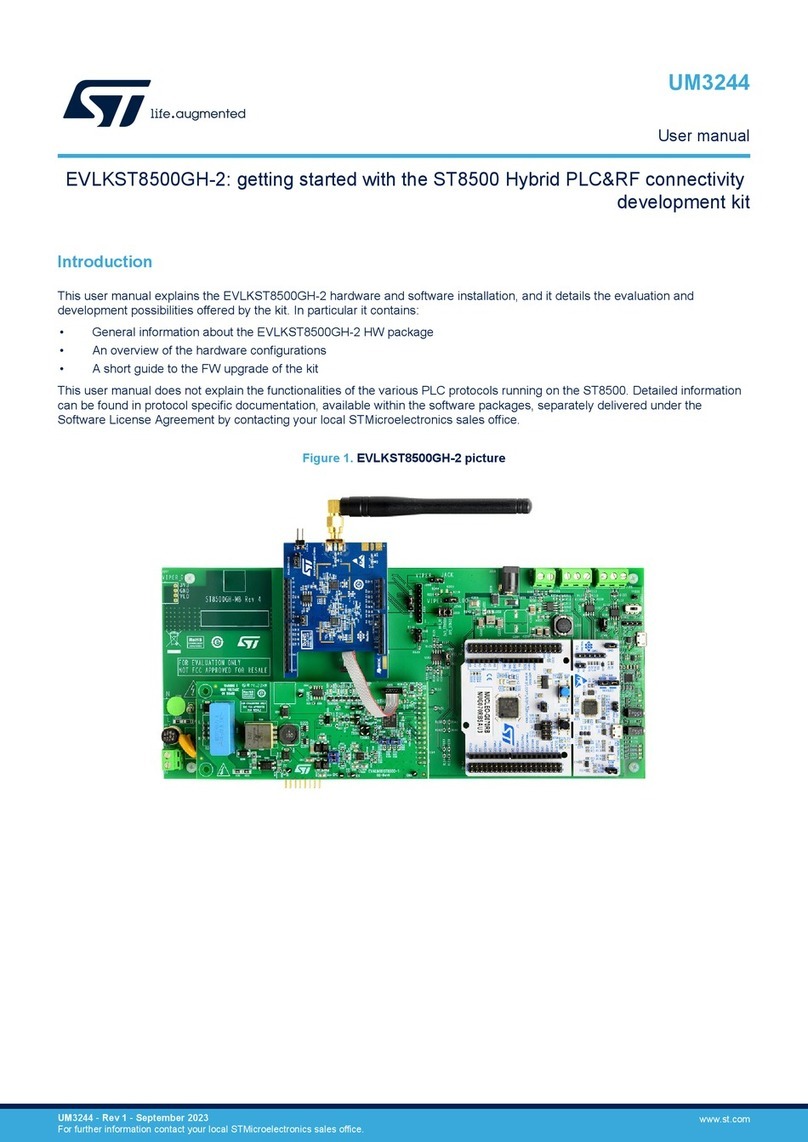
2 Power supply management
2.1 Power supplies
The STM32U5 devices require a 1.71 to 3.6 V operating voltage supply (VDD).
The independent supplies listed below, can be provided for specific peripherals:
•VDD = 1.71 V to 3.6 V
VDD is the external power supply for the I/Os, the internal regulator, and the system analog such as reset,
power management, and internal clocks. VDD is provided externally through the VDD pins.
•VDDA = 1.62 V (ADCs/COMPs/DACs/OPAMPs) / 1.8 V (VREFBUF) to 3.6 V
VDDA is the external-analog power supply for A/D converters, D/A converters, voltage reference buffer,
operational amplifiers, and comparators. The VDDA voltage level is independent from the VDD voltage. The
VDDA pin must preferably be connected to the VDD voltage supply when these peripherals are not used.
Note: In case the VDDA pin is left at high impedance or is tied to VSS, the maximum input voltage that can be
applied on the I/Os with "_a" I/O structure, is reduced (refer to device datasheet for more details).
•VDDSMPS = 1.71 V to 3.6 V
VDDSMPS is the external power supply for the SMPS step-down converter. It is provided externally through
the VDDSMPS pin, and must be connected to the same supply as VDD pin when the SMPS is used in the
application. When the SMPS is not used, it is recommended to connect both VDDSMPS and VLXSMPS to
ground.
•VLXSMPS
The VLXSMPS pin is the switched SMPS step-down converter output.
Note: The SMPS output can not be used to power external components.
•VDD11
VDD11 is a digital core supply provided through the internal SMPS step-down converter VLXSMPS pin.
VDD11 pins (two or three) are present only on packages with internal SMPS, connected to a total of 4.7 µF
(typical) external capacitors.
•VCAP
VCAP is the digital core supply, from the internal LDO regulator. VCAP pins (one or two) are present only on
packages with LDO only (without SMPS), connected to a total of 4.7 µF (typical) external capacitor.
Note: – In case there are two VCAP pins (UFBGA169 package), each pin must be connected to a 2.2 µF
capacitor, for a total around 4.4 µF.
– The SMPS power supply pins (VLXSMPS, VDD11, VDDSMPS, VSSSMPS) are available only on
packages with SMPS. In such packages, the STM32U5 devices embed two regulators, one LDO
and one SMPS in parallel, to provide the VCORE supply to digital peripherals. A 4.7 μF total external
capacitor and a 2.2 µH coil are required on VDD11 pins.
– The flash memory is supplied by VCORE and VDD.
•VDDUSB = 3.0 V to 3.6 V
VDDUSB is the external-independent power supply for USB transceivers. The VDDUSB voltage level is
independent from the VDD voltage. The VDDUSB pin must preferably be connected to the VDD voltage
supply when the USB is not used.
Note: In case the VDDUSB pin is left at high impedance or is tied to VSS, the maximum input voltage that can
be applied on the I/Os with "_u" I/O structure, is reduced (refer to device datasheet for more details).
•VDD11USB = 1.0 V to 1.26 V (only available on STM32U59x/5Ax/5Fx/5Gx devices)
VDD11USB is the external power supply for the USB transceiver. This supply is only available on specific
packages and must be connected to VDD11.
•VDDIO2 = 1.08 V to 3.6 V
VDDIO2 is the external power supply for 14 I/Os (port G[15:2]). The VDDIO2 voltage level is independent
from the VDD voltage, and must preferably be connected to VDD when PG[15:2] is not used.
Note: On small packages, VDDA, VDDIO2, or VDDUSB independent power supplies may not be present as a
dedicated pin, and are internally bonded to a VDD pin. They are neither present when the related features
are not supported on the product.
AN5373
Power supply management
AN5373 - Rev 6 page 3/47
